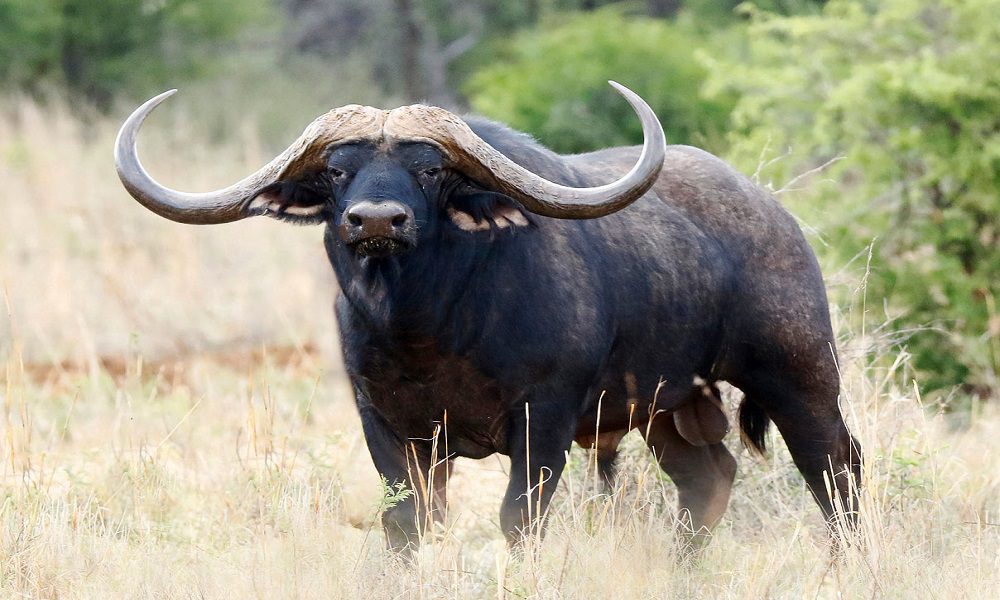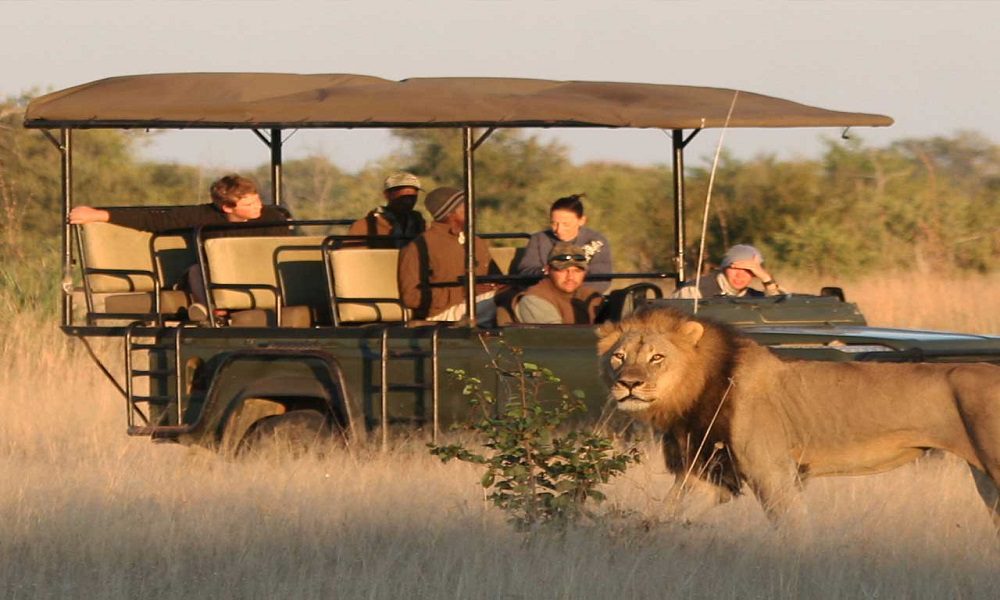Hwange National Park
the best of africa
This is the New York of the animal kingdom. It is a melting pot of wildlife diversity. The sunsets here are accompanied by a symphony of trumpeting elephants. Now you have arrived at one of the wildest places on Earth
 Zimbabwe’s largest national park, the elephant stronghold of Hwange is a game-rich area roughly the size of the Bahamas that was once the royal hunting grounds of the Ndebele warrior king Mzilikazi. It was proclaimed a national park in 1929.
Zimbabwe’s largest national park, the elephant stronghold of Hwange is a game-rich area roughly the size of the Bahamas that was once the royal hunting grounds of the Ndebele warrior king Mzilikazi. It was proclaimed a national park in 1929.
Hwange is arguably one of Africa’s very best game-viewing destinations. This massive park and its creatures can be explored on foot, on horseback, or a game drive. Hwange’s impressive range of wildlife – lion, leopard, rhino, giraffe, buffalo, zebra, gemsbok, hyena, wild dog, and more – is mirrored by the diversity of the park’s environment: the sandy southern part of the park skirts along the Kalahari Desert and is dotted with semi-arid shrubbery, while the northern grasslands are thick with granite outcrops and groves of teak and mopane trees.
Once the royal hunting ground of Mzilikazi Khumalo, a 19th-century Matabele King, Hwange National Park is one of the largest parks in Africa. Sprawling over 14,600km² of forest, plains and desert scrub, it has a diverse wildlife cast to rival the Serengeti in Tanzania and South Africa’s Kruger National Park in South Africa, but with far, far fewer visitors.
More than 100 types of mammals make their home here, including lions, giraffes, leopards, cheetahs and wild dogs, but it’s the elephants that define Hwange. There are some 45,000 in the park, and 100-strong herds walking their migratory path across the savannah to Botswana or Namibia are a frequent sight.
“Africa changes you forever, like nowhere on earth. Once you have been there, you will never be the same. But how do you begin to describe its magic to someone who has never felt it? How can you explain the fascination of this vast, dusty continent, whose oldest roads are elephant paths? Could it be because Africa is the place of all our beginnings, the cradle of mankind, where our species first stood upright on the savannas of long ago?”
* Brian Jackman
Hwange national park is rated 4.5 out of 5 on TripAdvisor








